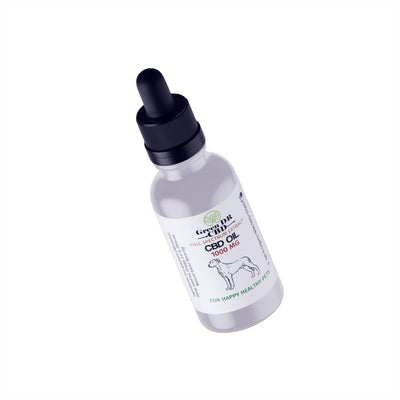More About Green Dr Cbd
More About Green Dr Cbd
Blog Article
Some Known Questions About Green Dr Cbd.
Table of ContentsNot known Facts About Green Dr CbdThe Best Guide To Green Dr CbdThe Only Guide to Green Dr CbdThe Greatest Guide To Green Dr Cbd
The most typical conditions for which medical cannabis is used in Colorado and Oregon are pain, spasticity connected with multiple sclerosis, nausea, posttraumatic tension condition, cancer cells, epilepsy, cachexia, glaucoma, HIV/AIDS, and degenerative neurological conditions (CDPHE, 2016; OHA, 2016 (dr green cbd). We contributed to these conditions of rate of interest by analyzing lists of qualifying ailments in states where such use is legal under state regulationThe committee is mindful that there might be various other conditions for which there is evidence of effectiveness for marijuana or cannabinoids (https://www.metal-archives.com/users/greendrcbd). In this chapter, the board will talk about the findings from 16 of the most recent, great- to fair-quality organized reviews and 21 primary literature short articles that finest address the board's research study concerns of rate of interest

Light et al. (2014 ) reported that 94 percent of Colorado medical cannabis ID cardholders showed "serious pain" as a medical condition. Furthermore, Ilgen et al. (2013 ) reported that 87 percent of individuals in their research were seeking clinical marijuana for pain relief. On top of that, there is proof that some people are changing using conventional discomfort drugs (e.g., narcotics) with marijuana.
The 25-Second Trick For Green Dr Cbd
Incorporated with the study data suggesting that discomfort is one of the primary reasons for the usage of medical marijuana, these recent records suggest that a number of pain individuals are replacing the use of opioids with marijuana, despite the reality that cannabis has not been approved by the United state
Five good5 great fair-quality systematic reviews methodical evaluations. Snedecor et al. (2013 ) was narrowly concentrated on pain associated to spinal cable injury, did not include any type of studies that made use of cannabis, and just determined one research checking out cannabinoids (dronabinol).

Not known Facts About Green Dr Cbd
For the purposes of this conversation, the primary source of info for the effect on cannabinoids on persistent pain was the evaluation by Whiting et al. (2015 ). Whiting et al. (2015 ) included RCTs that contrasted cannabinoids to normal treatment, a placebo, or no therapy for 10 conditions. Where RCTs were inaccessible for a condition or outcome, nonrandomized researches, including unrestrained studies, were thought about.
( 2015 ) that was particular to the impacts of inhaled cannabinoids. The rigorous screening approach utilized by Whiting et al. (2015 ) led to the identification of 28 randomized tests in people with persistent pain (2,454 participants). Twenty-two of these tests evaluated plant-derived cannabinoids (nabiximols, 13 trials; plant blossom that was smoked or evaporated, 5 trials; THC oramucosal spray, 3 trials; and dental THC, 1 trial), while 5 trials evaluated synthetic THC (i.e., nabilone).
The clinical problem underlying the persistent discomfort was most typically associated to a neuropathy (17 tests); other conditions included cancer pain, numerous sclerosis, rheumatoid arthritis, bone and joint issues, and chemotherapy-induced pain. = 0 (green dr cbd).992.00; 8 trials).
Only 1 trial (n = 50) that analyzed breathed in cannabis was included in the impact dimension approximates from Whiting et al. (2015 ). This research study (Abrams et al., 2007) also indicated that marijuana lowered pain versus a sugar pill (OR, 3.43, 95% CI = 1.0311.48). It is worth noting that the impact size for breathed in cannabis is constant with a separate current review of 5 tests of the impact of breathed in cannabis on neuropathic pain (Andreae et al., 2015).
Not known Facts About Green Dr Cbd
There was also some proof of a dose-dependent result in these research studies. In the addition to the testimonials by Whiting et al. (2015 ) and Andreae et al. (2015 ), the board determined two additional research studies on the impact of marijuana blossom on severe discomfort (Wallace et al., 2015; Wilsey et al., 2016).
These 2 researches are consistent with the previous evaluations by Whiting et al. (2015 ) and Andreae et al. (2015 ), suggesting a decrease in pain after marijuana management. In their review, the committee discovered that just a handful of studies have actually assessed the usage of marijuana in the United States, and advice all of them assessed marijuana in flower type offered by the National Institute on Drug Abuse that was either vaporized or smoked.
Report this page